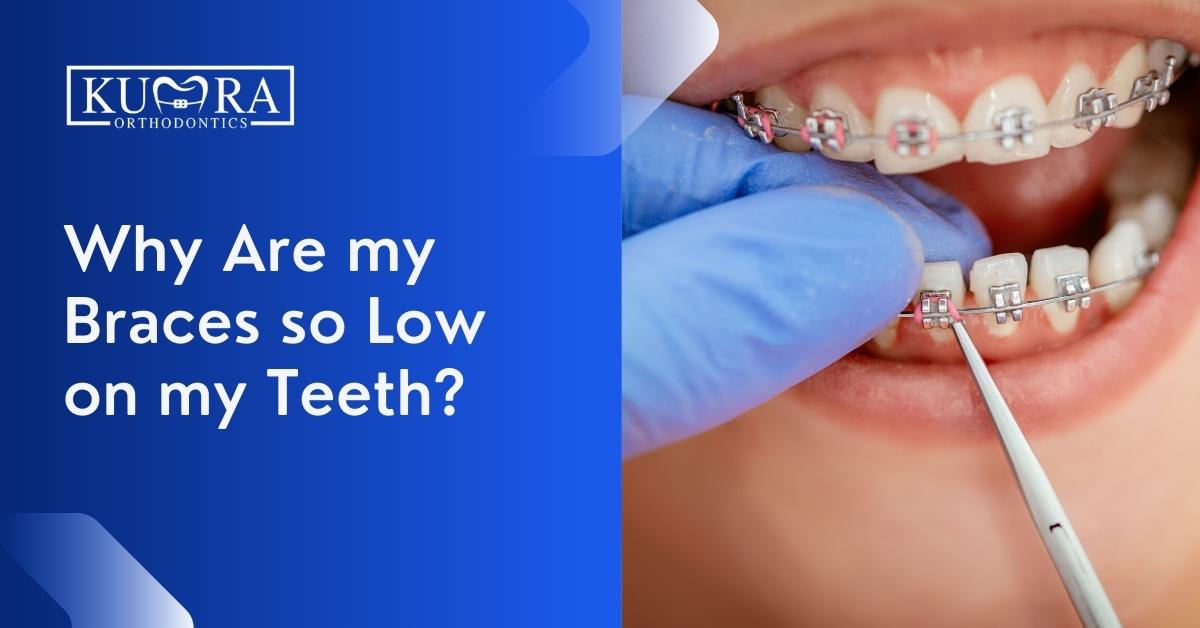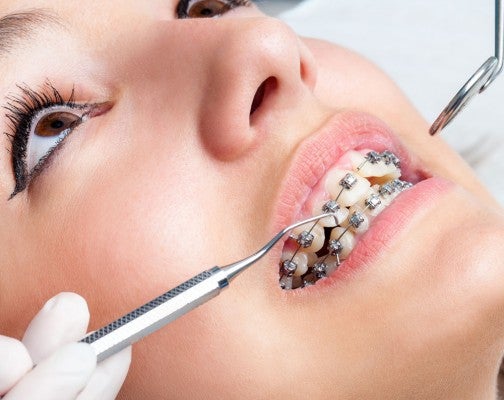Your Guide to Cumming Invisalign: Straightening Teeth with Style and Convenience
Your Guide to Cumming Invisalign: Straightening Teeth with Style and Convenience
Blog Article
Comprehensive Guide to Orthodontics Procedures for Correcting Oral Misalignments
In the realm of orthodontics, the trip to accomplishing a perfectly lined up smile entails a myriad of procedures customized to remedy oral misalignments. From traditional dental braces to invisible aligners and also medical options, the field of orthodontics supplies a variety of options to attend to varying degrees of oral irregularities. Recognizing the ins and outs of each treatment, including their devices, benefits, and prospective downsides, is crucial in making notified choices about one's orthodontic therapy. As we browse with the comprehensive overview to orthodontic treatments for fixing oral imbalances, the intricate details of each technique will unfold, shedding light on the course toward a unified and practical oral alignment.
Orthodontic Procedures Review

Regular adjustments and monitoring are vital parts of orthodontic therapy to make sure progress is on track and to make any required adjustments along the means. By undergoing orthodontic treatments, patients can not only attain a straighter grin yet also improve their general oral wellness and feature.
Traditional Braces: How They Function
When taking into consideration orthodontic therapies for oral imbalances, traditional braces stand out as a tried and true technique for dealing with teeth positioning. Conventional braces are composed of brackets, wires, and bands that function together to use constant stress on the teeth, gradually relocating them into the preferred placement.
One key element of just how typical braces job is the process of bone makeover. As pressure is put on the teeth through the braces, the bone bordering the teeth is reshaped to sustain the brand-new tooth placements. This improvement is vital for the lasting security of the dealt with alignment. Individuals will need normal changes at the orthodontist's workplace to make certain the braces remain to apply the correct stress for efficient teeth activity.
Undetectable Aligners: Advantages And Disadvantages
Undetectable aligners supply a very discreet and practical choice to conventional braces for dealing with dental misalignments. These clear, personalized trays are virtually undetectable when put on, making them an attractive option for individuals seeking a much more aesthetically pleasing orthodontic treatment. Among the main advantages of invisible aligners is their removability, permitting easier maintenance of oral hygiene contrasted to typical dental braces. Clients can eliminate the aligners before consuming or brushing their teeth, lowering the risk of food getting embeded the appliance and simplifying the cleaning procedure.

Surgical Orthodontic Options
Surgical interventions in orthodontics present sensible alternatives for resolving complex oral imbalances that might not be effectively resolved with traditional orthodontic therapies. While invisible aligners and conventional braces can correct many orthodontic concerns, particular situations require medical treatment to attain optimum results. Surgical orthodontic choices are generally advised for severe malocclusions, significant jaw disparities, and instances where the underlying bone framework needs alteration to achieve correct placement.
One typical surgical orthodontic treatment is orthognathic surgery, which includes rearranging the jaws to correct practical issues such as problem talking or eating. This surgical treatment is usually executed in collaboration with an orthodontist that aids straighten the teeth before and after the treatment. Surgical orthodontics may additionally view website include treatments to reveal affected teeth, eliminate excess gum tissue, or improve the jawbone to create a much more unified facial profile.
Prior to taking into consideration surgical orthodontic alternatives, clients undertake a comprehensive analysis to identify the requirement and possible benefits of such interventions. cumming braces. While surgery may seem daunting, it can substantially enhance both the feature and visual appeals of the smile in instances where traditional orthodontic therapies fail
Retainers and Post-Treatment Treatment

Failure to conform with post-treatment care directions can result in regression, where the teeth progressively relocate back in the direction of their original placements. Regular retainer wear, excellent dental health, and normal dental examinations are necessary for preserving the results attained through orthodontic surgical treatment and making sure the long-term stability of the corrected dental alignment.
Verdict
In final thought, orthodontic procedures offer different options for correcting oral imbalances. Surgical orthodontic choices are available for extra serious imbalances. On the whole, orthodontic treatments can successfully this content boost dental health and visual look.
As we browse with the detailed overview to orthodontic treatments for remedying dental imbalances, the complex information of each method will certainly unravel, losing light on the course towards a functional and unified dental placement. - orthodontist
One of the most common orthodontic therapies is the usage of dental braces, which are composed of metal brackets and cords that use mild pressure to slowly shift teeth into the wanted placement.When thinking about orthodontic treatments for dental imbalances, conventional braces stand out as a tried and true method for dealing with teeth positioning. Furthermore, unseen aligners may not be appropriate for complex orthodontic problems that call for more significant teeth movement, as they are commonly recommended for mild to modest situations. Retainers are personalized orthodontic tools created to hold teeth in their dealt with placements after the completion of orthodontic therapy.
Report this page